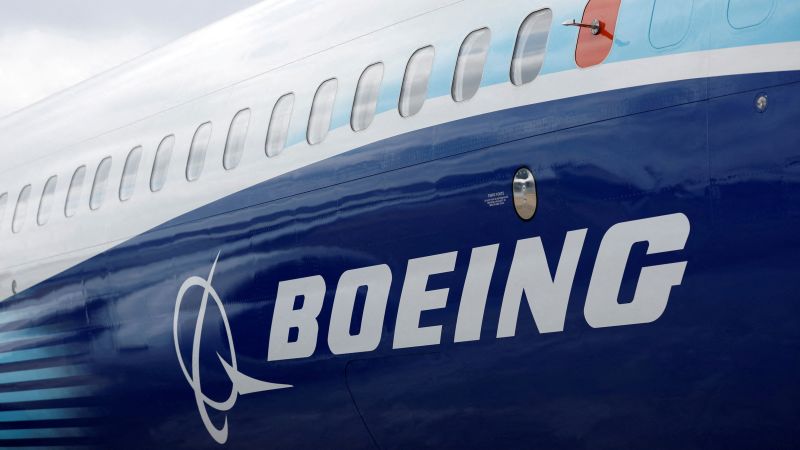The National Transportation Safety Board has criticized the Federal Aviation Administration for not taking seriously the potential for jammed flight controls on some Boeing 737 planes. NTSB Chair Jennifer Homendy wrote a letter to FAA Administrator Mike Whitaker expressing disappointment in the lack of urgent action taken by the regulator after pilots reported their rudder pedals becoming stuck during a landing in Newark, New Jersey. The NTSB issued an “urgent” safety warning, stating that 737s equipped with certain rudder actuators could potentially careen off the runway during landing, adding to the ongoing issues faced by Boeing’s 737 MAX line.
Homendy expressed concern that the FAA has not initiated urgent actions to address the risk of jammed rudder controls in the six months since the incident in Newark. While United Airlines has removed the rudder actuators in question from their 737s, there is apprehension that other airlines may be unaware of the presence of these actuators on their planes. The NTSB is calling for more action to ensure the safety of passengers on Boeing 737 aircrafts.
The FAA has responded to the NTSB’s concerns by convening a team to address the issue, notifying airlines internationally, and committing to more simulator testing. The regulator stated that they are taking the NTSB’s recommendations seriously and will work towards resolving the safety risks associated with the jammed rudder controls on Boeing 737 planes. The collaboration between the NTSB and the FAA is crucial in ensuring the safety and security of air travel for passengers.
The recent safety warning issued by the NTSB and the concerns raised by Homendy highlight the importance of addressing potential safety hazards proactively to prevent accidents or incidents. The incidents reported with Boeing 737 planes serve as a reminder for regulators and airlines to prioritize safety measures and conduct thorough inspections to mitigate risks. By working together to identify and address safety concerns, the aviation industry can enhance safety protocols and ensure the well-being of passengers and crew members on board Boeing 737 aircrafts.
The collaboration between the NTSB and the FAA signifies a commitment to upholding safety standards in aviation and addressing potential risks in a timely and effective manner. By acknowledging the concerns raised by the NTSB and taking urgent action to address the issues with jammed rudder controls on Boeing 737 planes, the FAA is demonstrating a commitment to ensuring the safety and security of air travel. It is essential for regulators and airlines to work together to implement necessary safety measures and prevent incidents that could jeopardize the well-being of passengers and crew members on commercial flights.
Moving forward, it is imperative for the aviation industry to prioritize safety and address potential risks promptly to prevent accidents and ensure the continued safe operation of all aircraft. By heeding the recommendations of safety regulators like the NTSB and taking swift action to rectify safety issues, the aviation industry can build trust with passengers and maintain high safety standards in air travel. The collaboration between the NTSB and the FAA serves as a reminder of the importance of vigilance, responsiveness, and proactive measures in upholding safety in aviation.













